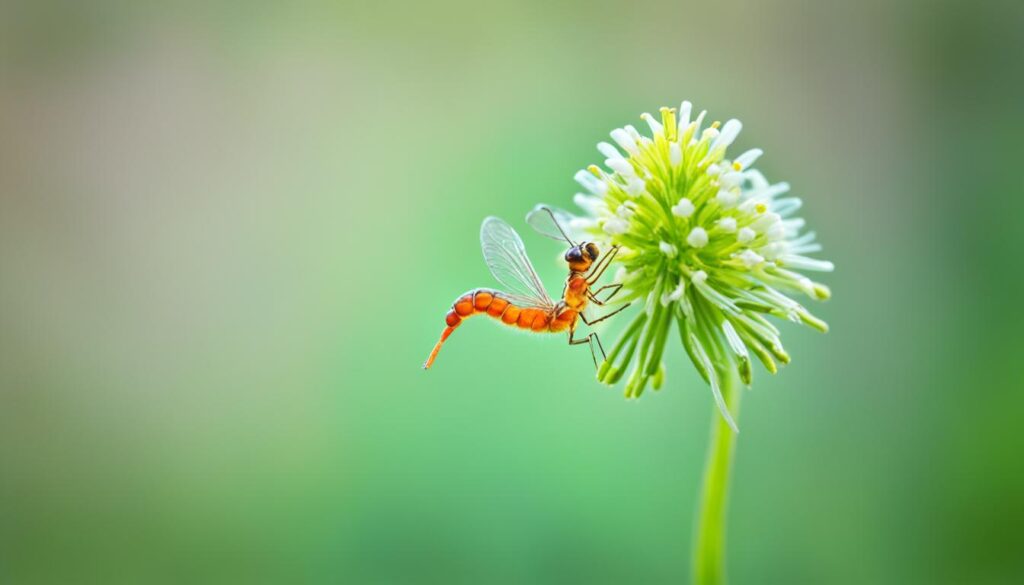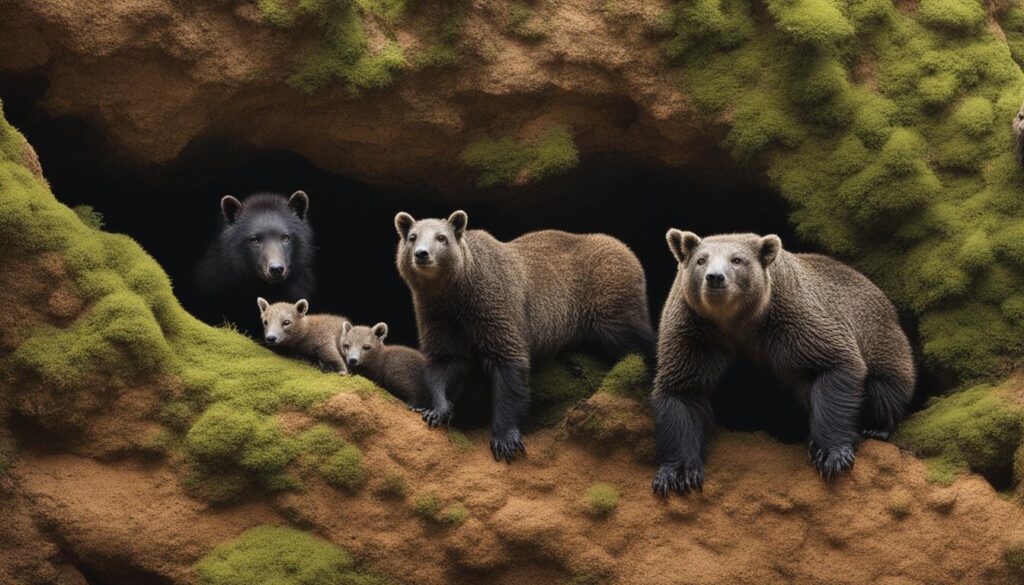Have you ever wondered how some animals survive in extreme conditions? Nature has a way of adapting to challenges and developing unique survival strategies. From extraordinary physical changes to clever behavioral tactics, the animal kingdom provides a plethora of fascinating examples of unusual survival strategies. In this article, we will explore some of nature’s most bizarre animal adaptations and discover how some creatures have found innovative ways to survive.
This article will showcase the incredible ways in which animals have evolved to overcome adversity. Unusual survival strategies are all around us, and we will take a close look at some of the most extraordinary adaptations in the animal kingdom. These creative survival solutions provide valuable insights and inspiration for our own lives. So, sit back and get ready to dive into the weird and wonderful world of bizarre animal adaptations and nature’s most unusual survival strategies.
Extraordinary Physical Adaptations
Animals have evolved incredible physical adaptations that enable them to survive and thrive in extreme environments. These adaptations offer unique insights into how nature works. Let’s take a closer look at some of the most unusual survival strategies that animals employ.


One of the most fascinating physical adaptations is the chameleon’s remarkable ability to camouflage. By changing the color of its skin to blend in with its surroundings, the chameleon can avoid predators and surprise its prey. Another remarkable adaptation is the bioluminescence of deep-sea creatures. Using special light-producing cells, these animals can create their own light in the deep, dark waters of the ocean.
Other animals have evolved adaptations that help them cope with extreme temperatures. For example, the arctic fox’s fur changes colors with the seasons, allowing it to blend in with the snow and rocks. Meanwhile, the Sahara desert ant has long legs to keep its body elevated above the hot sand, and it even produces a special heat-reflecting pigment.
Whether they live in the ocean depths or the blistering desert, animals have developed extraordinary adaptations that allow them to survive and thrive in even the harshest conditions. Their unusual survival strategies are a testament to the beauty and diversity of the natural world.
Clever Behavioral Tactics
The animal kingdom is full of surprises, with each species developing unique and creative ways to survive in its environment. While some animals rely on physical changes to adapt, others have honed their behavioral tactics to ensure their survival. These unconventional strategies not only showcase the ingenuity of nature but also provide valuable insights for us to learn from.
One of the most fascinating behavioral tactics is deceptive mimicry, where an animal imitates the appearance of another species to gain protection or fool its prey. For example, the hawkmoth caterpillar resembles a snake to scare off predators.
Another example is cooperative hunting, where animals work together to take down larger prey. For instance, African wild dogs use coordinated tactics to surround their prey and make the kill.


Even more impressive are the unique survival tactics employed by certain animals. For instance, some species of fish build nests using foam produced by their kidneys, while the hooded pitohui bird coats itself in poisonous secretions to ward off predators.
“By imitating nature, we can find new and innovative solutions to our own survival challenges.”
Finally, the animal kingdom teaches us that collaboration is key to survival. Many species form symbiotic relationships where they depend on each other for survival. For instance, sea anemones provide shelter for clownfish while the fish protect the anemones by driving away predators.
Animal adaptations show us that creative survival solutions are all around us, and we can learn a lot from our animal counterparts. By embracing unconventional approaches and working together, we too can overcome our own challenges and thrive.
Innovation in Survival Techniques
Animals have developed some truly innovative survival methods to overcome the challenges of their environment. One incredible example is the use of tools by the New Caledonian crow. This bird species has been observed crafting elaborate hooks out of materials like sticks and vegetation to extract insects from small crevices. This out-of-the-box approach to problem-solving showcases the impressive cognitive abilities of some of our feathered friends.
Another example of innovative adaptation is the use of symbiotic relationships. Some species of ants, for instance, have formed mutually beneficial relationships with aphids. The ants protect the aphids from predators and in return, the aphids excrete a sugary substance that the ants feed on.


“Nature is constantly pushing the boundaries of what we thought was possible, challenging us to think outside the box.”
These examples only scratch the surface of the ingenuity displayed by animals in the face of adversity. From turning their stomachs inside out to regurgitate food for their young to hiding their scent from predators, the animal kingdom is an endless source of inspiration for out-of-the-box survival approaches.
Unconventional Wisdom for Survival
When it comes to survival, some animals employ rather unique and alternative techniques to stay alive. These extraordinary survival hacks have been tested and perfected over time, helping them adapt to the challenges of their environments. Let’s take a closer look at a few of these strange survival strategies:
| Species | Survival Strategy |
|---|---|
| Geckos | Self-Amputation When threatened by a predator, geckos can voluntarily shed their tails, which thrash about and distract the attacker while the gecko makes its escape. |
| Starfish | Regeneration If a predator attacks a starfish and removes one of its arms or limbs, the starfish can grow a new one in its place. This incredible adaptation helps them to replace lost limbs and protect themselves against future attacks. |
| Arctic Hares | Digging Arctic hares dig snow caves, called “forms,” to escape from predators and harsh weather conditions. These alternative survival techniques enable them to adapt to their environment and thrive in one of the most extreme environments on Earth. |


These are just a few examples of the bizarre and alternative survival techniques employed by some remarkable animals. When it comes to survival, thinking outside the box and using alternative survival techniques can mean the difference between life and death.
Conclusion
The animal kingdom never fails to surprise us with its unusual survival strategies. We have seen how animals have developed extraordinary physical adaptations, clever behavioral tactics and have found innovative and unconventional ways to overcome challenges.
As we face our own survival challenges, we can draw inspiration from these remarkable creatures. By embracing creativity and thinking outside the box, we too can find alternative solutions to our own problems.
Remember, nature has much to teach us about survival. By observing and learning from the animals around us, we can gain valuable insights and survival tips that can help us in our own lives. So, let’s take a page out of their book and embrace the unusual survival strategies that nature has to offer.
Thank you for joining us on this journey through the world of animal adaptations and we hope that you have learned something new and exciting about nature’s most unusual survival strategies.
